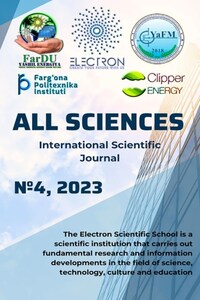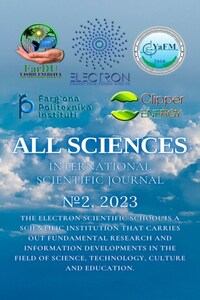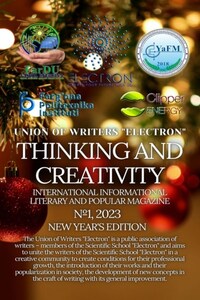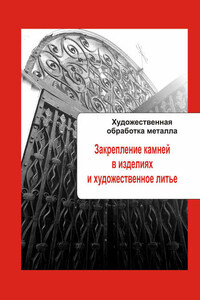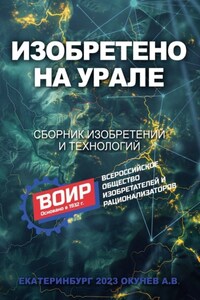Authors: Aliyev Ibratjon Xatamovich, Karimov Boxodir Xoshimovich, Karimov Shavkat Boxodirovich, Usmonov Yakub Usmonovich, Axmedov Tursun Axmedovich, Yuldoshaliyev Dilshod Quldoshaliyevich, Sayitov Shavkat Samiddinovich, Xolmatov Erkinjon Soliyevich, Obidov Foziljon Oripovich, Abdusalyamova Tilloxon, Karimova Dilorom Shavkatovna, Tulyaganov Abdumannop Abdujabbarovich, Baratov Mirodiljon Xamudjanovich, Begatov Jasurbek, Qo'shqorov Ahliddin Mirzoxidovich, Raxmonjonov Xasanboy, To'xtasinov Maqsadjon Murodjonovich
Editor-in-Chief Ibratjon Xatamovich Aliyev
Illustrator Ibratjon Xatamovich Aliyev
Illustrator Obbozjon Xokimovich Qo'ldashov
Illustrator Sultonali Mukaramovich Abduraxmonov
Illustrator Boxodir Xoshimovich Karimov
Cover Designer Ibratjon Xatamovich Aliyev
Cover Designer Ra'noxon Mukaramovna Aliyeva
Cover Designer Boxodir Xoshimovich Karimov
Scientific supervisor Boxodir Xoshimovich Karimov
Deputy Scientific Director Sultonali Mukaramovich Abduraxmonov
Economic Manager Farruh Murodjonovich Sharofutdinov
Economic Consultant Botirali Rustamovich Jalolov
Proofreader Gulnoza Muxtarovna Sobirova
Proofreader Abdurasul Abdusoliyevich Ergashev
Proofreader Ekaterina Aleksandrovna Vavilova
© Ibratjon Xatamovich Aliyev, 2023
© Boxodir Xoshimovich Karimov, 2023
© Shavkat Boxodirovich Karimov, 2023
© Yakub Usmonovich Usmonov, 2023
© Tursun Axmedovich Axmedov, 2023
© Dilshod Quldoshaliyevich Yuldoshaliyev, 2023
© Shavkat Samiddinovich Sayitov, 2023
© Erkinjon Soliyevich Xolmatov, 2023
© Foziljon Oripovich Obidov, 2023
© Tilloxon Abdusalyamova, 2023
© Dilorom Shavkatovna Karimova, 2023
© Abdumannop Abdujabbarovich Tulyaganov, 2023
© Mirodiljon Xamudjanovich Baratov, 2023
© Jasurbek Begatov, 2023
© Ahliddin Mirzoxidovich Qo'shqorov, 2023
© Xasanboy Raxmonjonov, 2023
© Maqsadjon Murodjonovich To'xtasinov, 2023
ISBN 978-5-0060-3821-9 (т. 4)
ISBN 978-5-0059-5900-3
Created with Ridero smart publishing system
